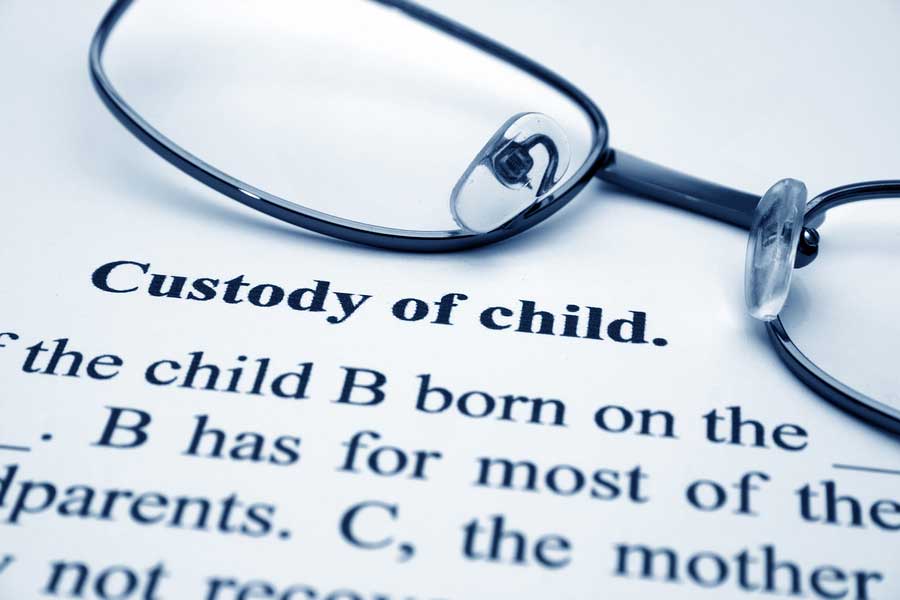Uncontested Divorce in Califorinia
One of the questions that we encounter most often when someone inquires with our offices is, “What happens after divorce papers are served to my spouse?” Our initial response: “It depends on whether the divorce is contested or uncontested!”
For the purposes of this article, we’ll assume it’s uncontested. First, some detail about uncontested divorce. Uncontested divorce in California is ideal for the couple who have an amicable relationship, absent of bitterness or anger. They’ve both come to the conclusion that divorce is their next step, and are able to visualize the bigger picture associated with finances and the next chapter in their respective lives. Uncontested divorce is also fitting for spouses who share a mutual concern of keeping fees and costs of the divorce as low as possible, expediting the divorce process, and moving forward with their lives.
Overview: The divorce petition (Form FL-100) is served, and a response is filed (and served), and the parties then work to settle any disputes in either divorce mediation or other setting that doesn’t involve the court.
ATROS: Take a look at our article that focuses on Automatic Temporary Restraining Orders for information on this important aspect of the divorce process. They go into effect with the initial serving of the petition.
The Response to the Divorce Petition
The response to the divorce petition is formally known as form FL-120, and the respondent (spouse responding to the divorce petition) can either file the response to the divorce petition without requesting divorce, or they can file it with a mutual request for divorce. In our experience, majority of divorce responses also request divorce. In California, the law doesn’t require both spouses to agree to a divorce. If one spouse wants it, that’s all that is needed to proceed with the process.
The Preliminary Declaration of Disclosure after Divorce Papers are Served
The preliminary declaration of disclosure consists of several forms that need to be completed. The two most important: Income and Expense Declaration (Form FL-150) and a Schedule of Assets and Debts (Form FL-142). The preliminary declaration of disclosure can be viewed as the first opportunity to disclose everything that consists of community or separate property, as well as total income and expenses. It’s important to know that California law strongly discourages misrepresentation on either of these forms, so obscuring or misrepresenting assets or figures on an income and expense declaration is guaranteed trouble for the perpetrator.
Timelines Associated with these Documents Established by California Family Law
The Petitioner (spouse that initiated the filing of divorce) is required to serve the preliminary declaration of disclosure with their divorce petition, or within 60 days of serving the petition.
The Respondent is required to serve the preliminary declaration of disclosure with their response to the petition, or within 60 days of filing their response.
Communication after Divorce Papers are Served
In uncontested divorce cases, settlement communication starts quickly. We recommend the preliminary declaration of disclosure be complete and exchanged before substantive settlement discussions start, and before any settlement related to financial issues is agreed and signed. In our perspective, settlement discussions should be serious when both parties are clear on everything there is to know about assets, debts, income and expenses.
The Final Declaration of Disclosure
In uncontested cases, when there is no court trial, this should be exchanged before the final judgment is finalized and signed. Some spouses decide to omit the final declaration of disclosure, but it depends on each unique case – feel free to reach out to us to discuss.
The divorce judgment after divorce papers are served
The divorce judgment is the final document that settles all issues and substantiates the terms and conditions of the divorce including issues related to custody, child support, spousal support, property, debt division, and anything else associated with the divorce.
Do I need a family law attorney after divorce papers are served?
The law doesn’t require parties to have an attorney in the divorce process. An individual can be self-represented (known as “Pro Per”, translated to “for one’s self”). Every single situation is unique, and there isn’t an exact outline of steps that works for everyone. If there is any aspect that you’re not comfortable or familiar with, it’s usually best to consult with an experienced family law attorney first, and then decide from there. If you’d like to discuss your specific case or have any questions, feel free to contact us.





